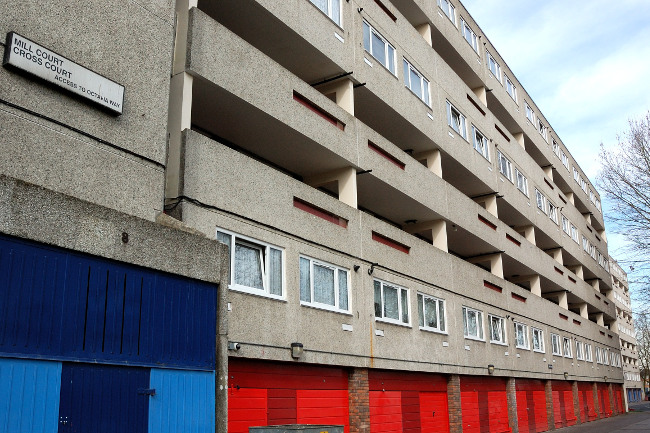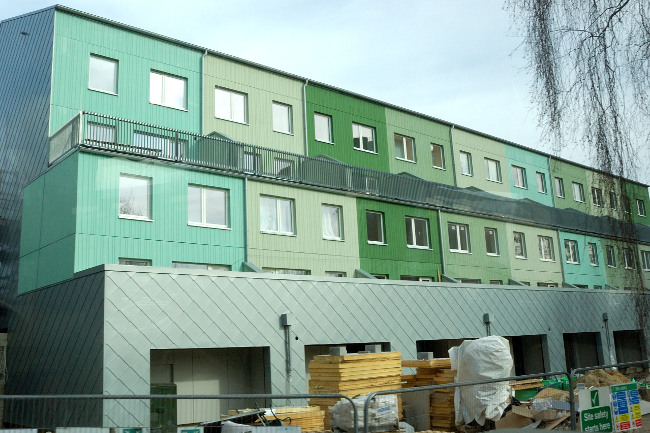Written by:
By Alexei Schwab
The pressure is on for London to build more homes, and we are seeing a raft of new policies to stimulate delivery of housing in the Capital. In previous periods of large-scale building, place making often took a back seat: the homes might have been well-designed, but the areas suffered from a lack of joined-up thinking about how residents would travel, use public spaces, and access jobs.
In the rush to provide housing to meet the needs of Londoners, we must be careful not to repeat the mistakes of the past; place-based thinking must be hard-baked into housing delivery from the start.
The change in permitted development rights for office-to-residential conversions provides an extreme example of what can happen when placemaking is not part of the housing delivery process: without the need to negotiate with local authorities, developers have no requirement or incentive to meet good design standards. These conversions can result in smaller units, no public amenities, and little attempt to integrate the new housing into the surrounding area.
However, it’s not all doom and gloom. The Greater London Authority’s new Housing Zones programme offers signs that placemaking is not always neglected in the current rush to build homes. In two of the new zones, at Thamesmead and Abbey Wood, Peabody, working with Bexley and Greenwich councils, has secured £82.5m in funding to help build 2,826 houses.
On a recent visit to Thamesmead, Future of London heard how the estate has suffered because large-scale housebuilding in the 1960s was not accompanied by the infrastructure to support new residents, such as shops and public transport.
Limited access to transport combined with the lack of local retail and commercial space mean there is little street-level activity and it is difficult for residents to access jobs. Despite an abundance of green space, lakes and canals, poor walking and cycling routes and inadequate lighting mean residents don’t take advantage of these amenities.
By contrast, Peabody has made placemaking a key part of its housing delivery programme, even though it isn’t a funding requirement. New housing will be accompanied by investment in transport, jobs, schools and green space, and a focus on the social and physical infrastructure needed to support residents in new homes. Peabody, Bexley and Greenwich’s high standards for Thamesmead are at the core of ensuring quality design, but they have also been supported by how Housing Zone funding is allocated.
The GLA has been lauded for taking a place-based approach – allowing local authorities to tailor funding to site-specific barriers. Rather than making plans to fit the available funding, councils are being given greater flexibility to use funding to tackle issues specific to their areas.
The resulting proposals reflect the diversity of approaches to providing housing, from the tenure mix, scale and types of housing to the accompanying social infrastructure, amenities and transport. This flexibility given has led to innovative proposals from local authorities for how to use funding to best effect in each area.
Enabling funding to be targeted at places rather than specific delivery models is a good first step for Housing Zones, but with only ten years to complete projects, it is vital that placemaking is seen as an integral part of housing delivery rather than an optional extra.


Alexei Schwab is Programme and Research Lead at Future of London and is a member of the steering committee for the Academy of Urbanism’s Young Urbanists Group.
